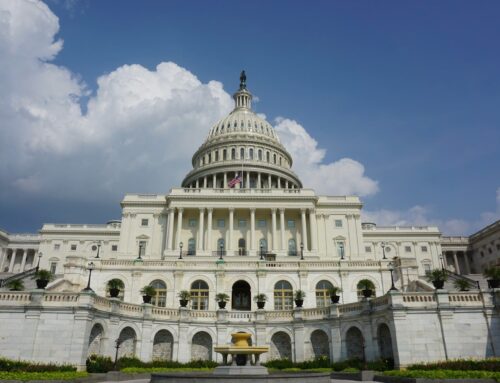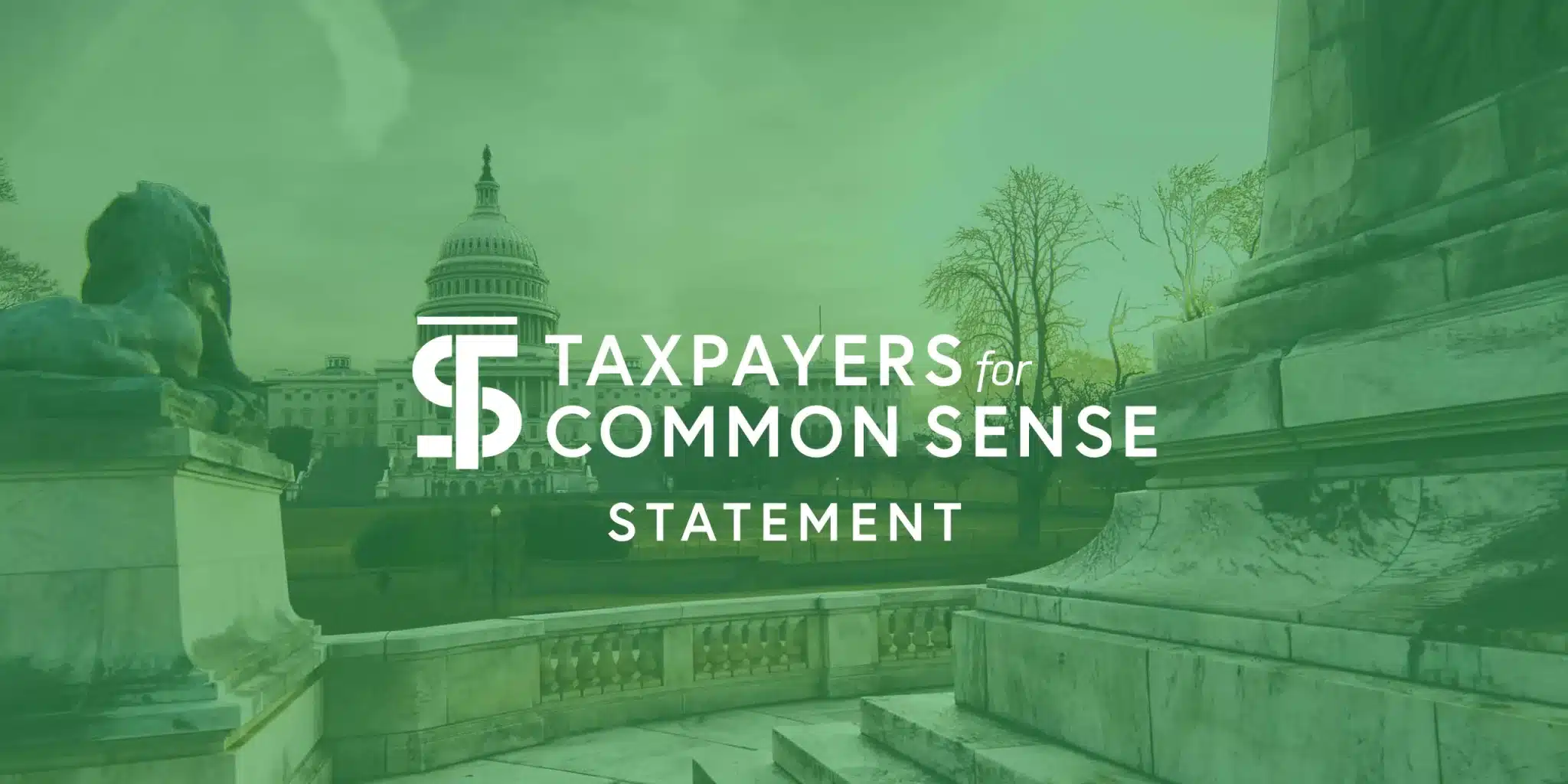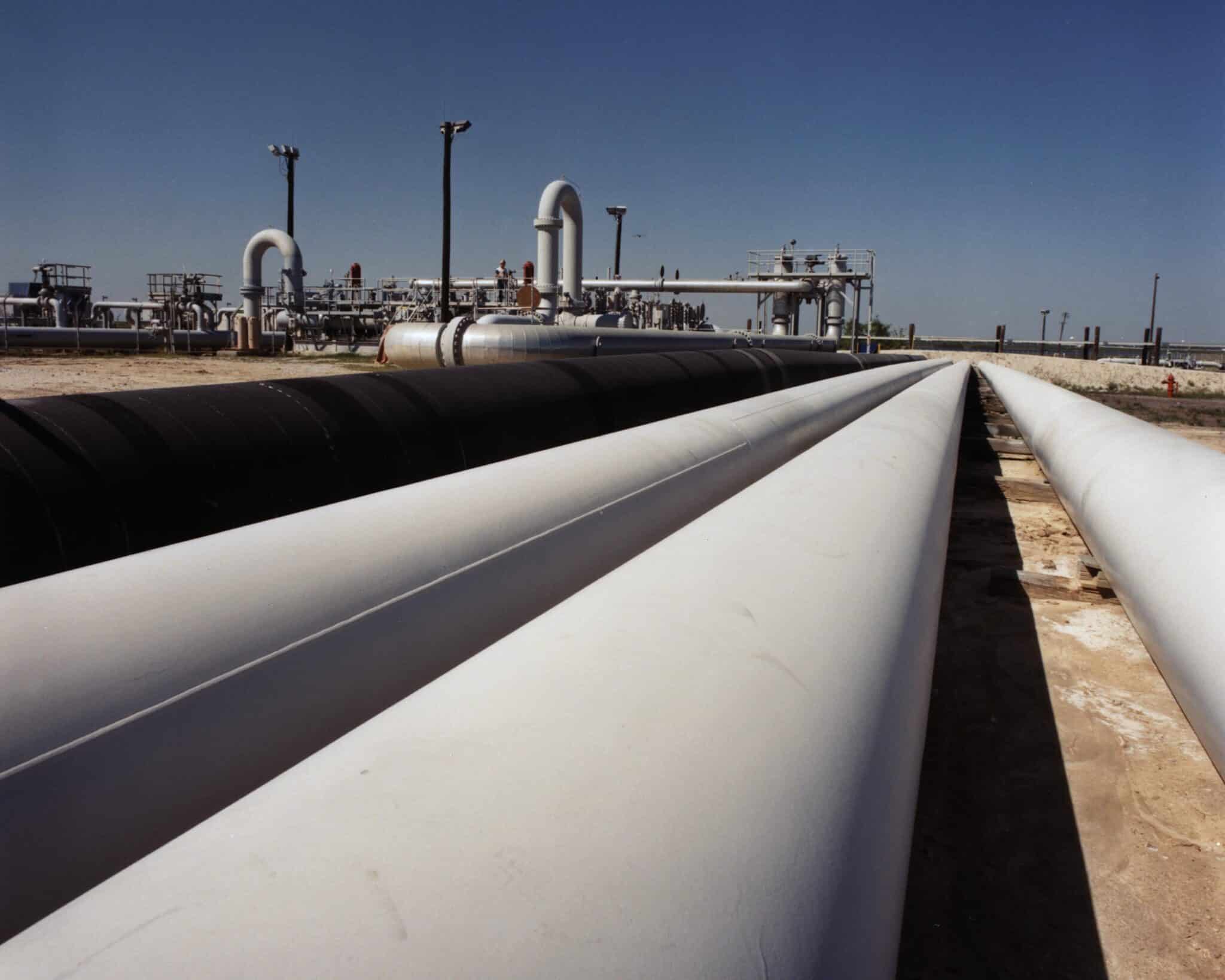Airline lobbyists’ dreams came true last fall when Congress hastily passed the $15 billion airline bailout bill authorizing $5 billion in direct compensation and another $10 billion in loan guarantees.
Sadly, this legislation provides billions to a small number of large airlines that were bleeding red ink long before Sept. 11th.
In deciding who gets how much, the biggest carriers walked away with the lion’s share of the cash, while many small carriers did not receive enough to cover the costs of being grounded for two days. The formula for dispensing the money benefited the biggest fliers by multiplying the number of seats by the total miles flown by an airline and eligibility for compensation was not limited to losses incurred in the days following Sept. 11 when all flights were grounded. Any airline could apply for compensation for losses suffered as a result of a downturn in business between September 11 and December 31 of last year.
Since enactment of the law, more than 380 airlines have received $3.94 billion in direct assistance from the federal government. A review of the payouts shows that 80% have gone to the nine largest commercial carriers with United Airlines receiving the biggest slice of the pie – $644 million.
The biggest airlines essentially got everything they asked for, and responded by laying off thousands of employees and drastically reducing service. More than 70,000 workers were fired and hundreds of flights were canceled after the bailout was signed into law last fall.
In comparison, one small carrier, Larry’s Flying Service received $6,000 from the government despite the fact that the company estimated that they lost nearly $14,000 just from the two days when there were no flights. Papillon Grand Canyon Helicopters received the least amount of money in the first round of handouts – $340.
All in all, the airline industry got more than triple what the shutdown of air travel actually cost them. The industry testified that the grounding cost $340 million per day in lost revenues for four days, for a total of $1.36 billion – far less than the $5 billion in cash compensation they received.
If the bailout wasn’t enough to quench the airlines’ thirst for taxpayer-financed subsidies, the economic stimulus bill passed by Congress in March also allowed companies to file amended tax returns and receive refunds on taxes paid in past years for losses incurred in 2002 and 2001. United Airlines received a $464 million tax refund, bringing their total compensation to over $1 billion. American Airlines and Delta, the number one and three carriers respectively, also stand to benefit from the refunds.
In a truly telling example of the serious scrutiny that the bailout has elicited, some experts who initially endorsed the idea have now reversed their course. Many aviations experts think that the $5 billion payout portion of the act did not have enough strings attached. Some believe that the problems in the industry could have been dealt with better through Chapter 11 bankruptcy. Six and half months after the bailout was put into effect, the overall feeling is that more restrictions should have been put into the legislation even if it meant delaying payments.
The $10 billion guaranteed loan portion of the legislation had strict conditions but so far America West is the only major carrier to receive a guarantee. US Airways is expected to seek a $1 billion loan guarantee very soon.
At the expense of taxpayers, the federal government has become a financial backstop for numerous failing airline carriers. Most of the companies that received a federal cash infusion had fiscal troubles that predated both the events of September 11th and the economic slowdown. Bailing out unprofitable airlines only papers-over the long-term and structural problems of an embattled industry. Congress needs to take another look.










Get Social